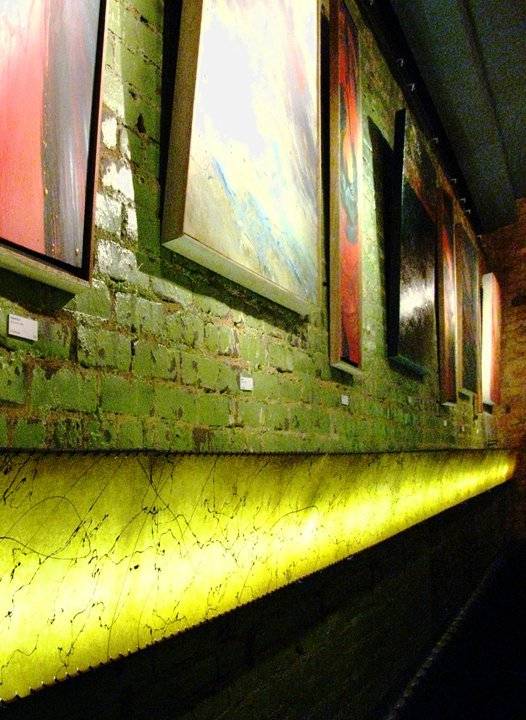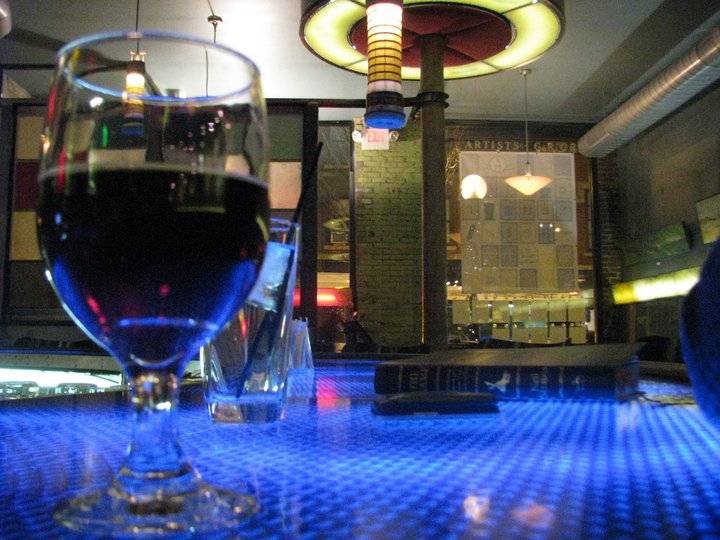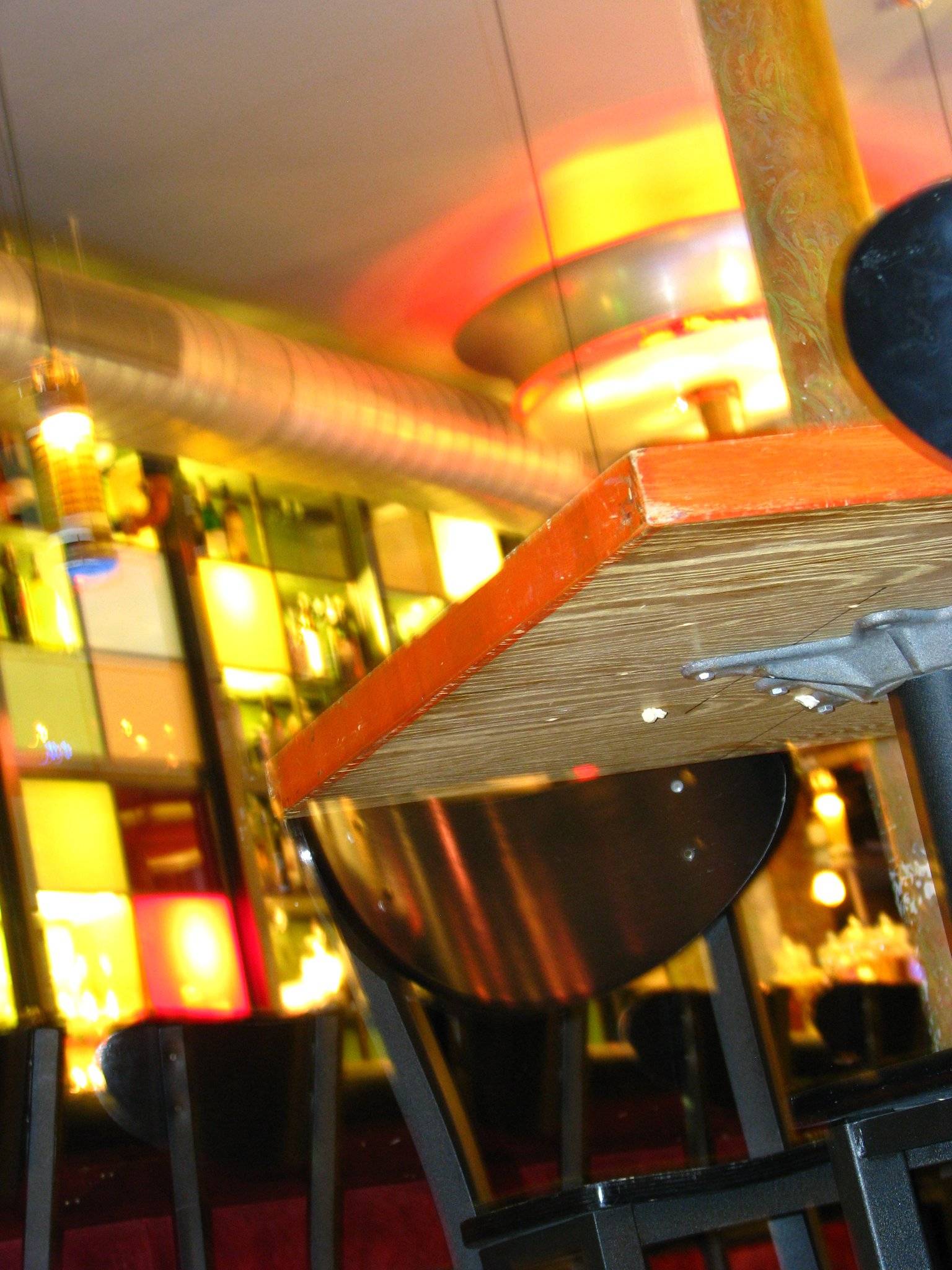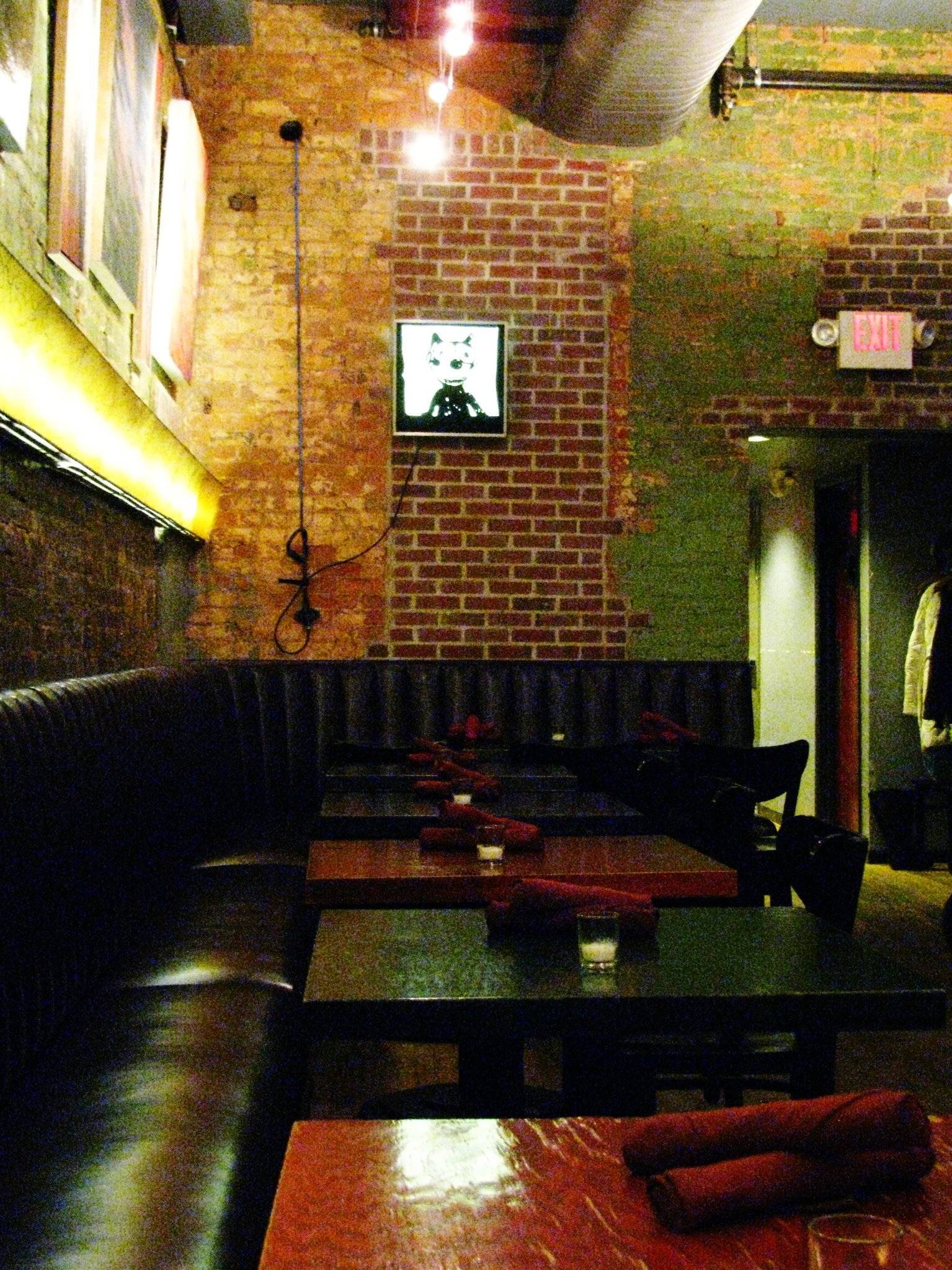 David Spears doesn’t just collect garbage at his restaurant — he collects garbage for it.
David Spears doesn’t just collect garbage at his restaurant — he collects garbage for it.
The former University of Illinois art and design graduate has been creating art for as long as he can remember. Only recently, though, has he begun to restore it. Spears, who is a sculptor by background, said that his inspiration comes from bringing life to old, discarded items.
The Champaign-Urbana area has a fair amount of entrepreneurial spirit and initiative that drive the personal beliefs of its citizens and business owners, particularly in regard to social change and making a difference in the community.
According to the Small Business Association (SBA), there are over 29 million businesses in the United States. In 2008, small businesses totaled 1.1 million in the state of Illinois. In fact, many businesses are incorporating the principle of re-use into their everyday practices.
Architectural salvage is no longer used just for restoration or rehabilitation of historic buildings only. While most go to a restaurant for the cuisine, food is only part of the equation at Radio Maria. Located at 119 N. Walnut in Champaign, the restaurant and tapas bar has been a downtown “fixture” since 1996. However, Spears and co-owner Sharon Owens say they never intended to open a restaurant.
“I’ve worked in restaurants all my life, in part because I’m an artist,” said Spears, who originally came to Champaign to start graduate school. “The way I work is to collect and rescue things for their architectural value. Materials are better than what you can get today. That’s how I approach design and building.”
Spears decided to renovate the building after speaking with his landlord, Jeff Mellander. “It was really more about what downtown Champaign was,” Spears said. “It was a completely different creature, nothing more than a few bars from that standpoint. It was an interesting gentrification — rebuilding old buildings and giving them a second life.”
Spears graduated from Bowling Green University (BGSU) in Ohio and received his master’s degree from the University of Illinois at Urbana-Champaign. One professor, in particular, influenced Spears to approach art in a more pragmatic and economical way.
George Denniger, who taught environmental design and model making at BGSU, said that he wanted his students to look at the world from a wider perspective to understand creativity.
“I’ve had a lot of students who were grateful I had them think beyond the perimeters.”
Denniger used a specific exercise to demonstrate this point, which more often frustrated than challenged his students to think outside the box. He would require classes to formulate an exercise that 20 or so blind students could complete by themselves. Many of his students could not create the assignment or effectively carry it out. “To fail is not to fail,” he said. “It’s what you’ve learned in the process.”
The restaurant is known for its eccentric Latin American influenced decor, in part a reflection of its owner. “Being unique is easy for us because we’re artists, so we build everything,” Spears said. “That’s just kind of a byproduct of who we are. It’s just a natural thing for us. It’s an extension of who we are. Being a sculptor, I like to fit things together,” Spears said. “In graduate school, it was pretty much for arts’ sake and along the way I always found myself making functional art.”
Spears uses leftover items from old buildings to construct new works of art. The lights above the bar at Radio Maria, for example, are old vacuum tubes — most likely first generation 1940s, he said. The main countertop is a former escalator hand rail, and seat fabric came from stage curtains at a grade school in Sydney. The chandelier is comprised of 50 different things, including an aeronautical wind tunnel. “You don’t see it in its normal orientation, so people don’t typically to know what it is.”
 His partner, a fellow artist, said that the two collaborate together on a fairly regular basis. Owens and Spears met at the former Blind Pig Brewery, or present day Cowboy Monkey in Champaign, where Owens worked at the time. “I had just started intensely painting again,” she said. “It’s kind of an on-and-off thing when you have to do other jobs. He started supplying me with materials to paint on. Since he was a sculptor, he had been collecting a lot of materials. I started painting on table tops and doors and things like that instead of just canvas.”
His partner, a fellow artist, said that the two collaborate together on a fairly regular basis. Owens and Spears met at the former Blind Pig Brewery, or present day Cowboy Monkey in Champaign, where Owens worked at the time. “I had just started intensely painting again,” she said. “It’s kind of an on-and-off thing when you have to do other jobs. He started supplying me with materials to paint on. Since he was a sculptor, he had been collecting a lot of materials. I started painting on table tops and doors and things like that instead of just canvas.”
Owens and Spears continue to inspire each other in their respective genre of expertise: “He sort of influenced my work that way, and we started collaborating a little bit on some
things. It was perfect for here, because he wanted to design things.”
The co-owners generate new design ideas by going to flea markets and antique stores.
“We started playing with the colors of the glass and having them reflect in the colors of the
tables and the booths,” Owens said. “I don’t know how to describe it. It’s just a coming together
of the materials. David is a sculptor, so he sees this whole three dimensional space,” she said. “I’m a little more detail-oriented. He can see the spatial arrangements really well. We make a good team that way.”
Most of the materials are salvaged from deteriorating buildings that still possess items of
some value. “I think it’s becoming more popular to start doing things that way — recycling,” Owens said. “People are realizing that a lot of really great stuff is just getting tossed away, so there’s a new appreciation for it. So, I’m hoping other businesses are engaging in that too.”
T.J. Blakeman, a Champaign city planner who focuses on downtown, said that he has worked with Spears on several accounts. In 2007, Radio Maria received a $100,000 redevelopment grant from the city. He said that Spears is not actively involved in the downtown business association.
Spears salvages discarded items from the Preservation and Conservation Association (PACA) in
Champaign and places them in his restaurant. The university is notorious for tearing things down, he said. Even PACA does not want to utilize all of the materials that it receives.
“There was the ecology movement and everybody got behind that for about ten years,” Spears said. “And then people forgot about it. The whole money-driven economy kind of put that on a back burner for a lot of people — except for artists. I think, in general, artists have always been a group of people who’ve gone around and collected the garbage off the streets and make things with them. And that’s precisely the kind of person I am.”
Spears said that the Industrial Revolution era fascinates him. Many of the items hanging in the restaurant are post-Industrial Revolution. “I really love finding things that are beautiful in the materials or in the workmanship in which it was constructed. Sort of a bygone era for our culture, our country, unfortunately. We don’t make things like we used to.”
For example, the step to the bar is from the Veteran’s Affairs hospital in Danville. Lights were once tubes pulled from a dumpster near Loomis Lab. The back bar is comprised of windows from an old factory located nearby. Doors that lead to the dining room were extracted from the Urbana courthouse. “They’re just inverted and orientated a little bit differently,” Spears said. “It’s really just about how we make art.”
Spears said that he likes to design and engineer for utilitarian products. “Furniture intrigues me,” he said. “Lighting fascinates me. In fact, I use to spar with my professor, saying sometimes, if it wasn’t a great piece of sculpture, it could probably be a good piece of light. Those two things have often traveled parallel in my life. Now I’m tending to design more for the functional end of things, in part because I built a restaurant.”
Nonetheless, the place isn’t just about its physical components. “He’s one of the most artistic people I’ve ever worked for,” said Sarah Anderson, a bartender at Radio Maria since last September. “I don’t think you can go anywhere else in downtown and say, ‘this reminds me of Radio.’ It’s a one-of-a-kind place.”
Spears can often be found in the back making omelets for Sunday brunch or assisting an employee on a particularly busy day, Anderson said. Typically clothed in a plaid shirt with sleeves rolled up, Spears is part artist, part entrepreneur. His salt-and-pepper colored hair and tightly knit brow indicate a life of concentration and dedication.
Kevin Abrams, who has worked with the owner for over a year, said Spears makes a conscious effort to know his employees. “I don’t even consider it working when I’m here,” he said. “When things need to get done, everyone steps up and does what it takes to make it happen.”
And things are happening here. The restaurant has opened its doors to several different cultural groups within the community this year.








